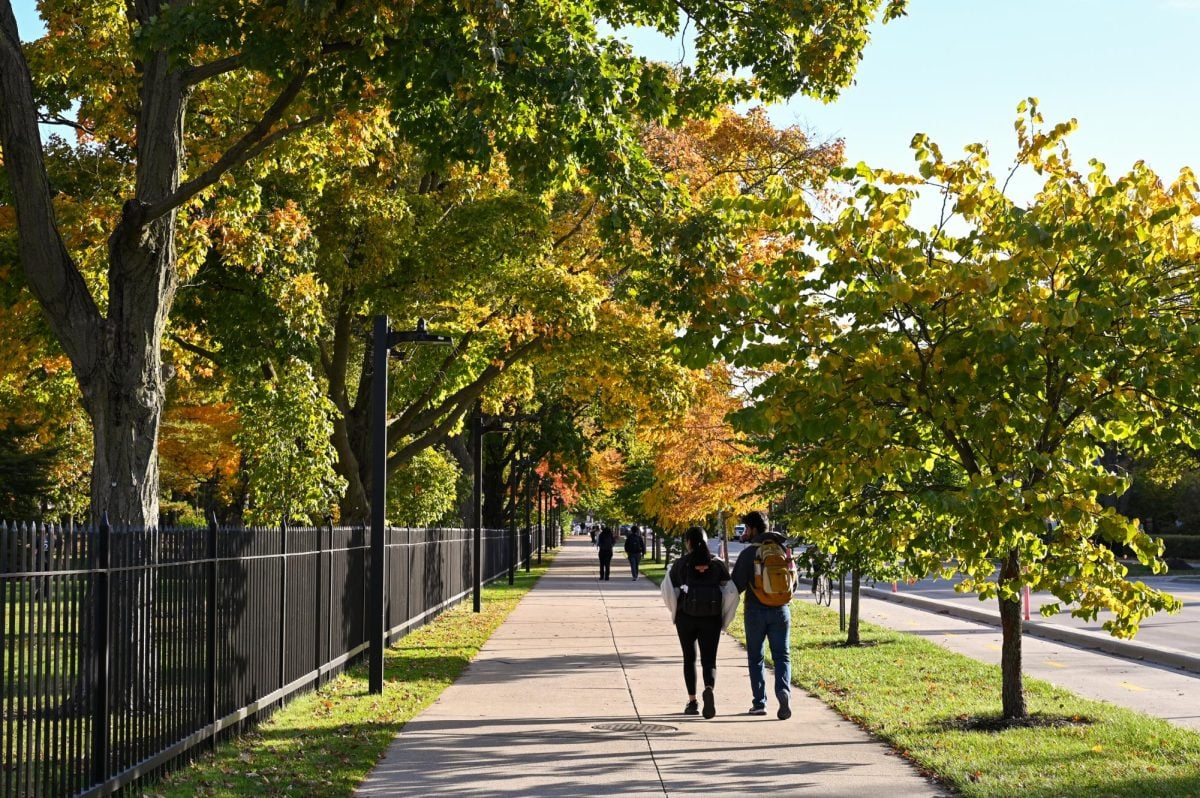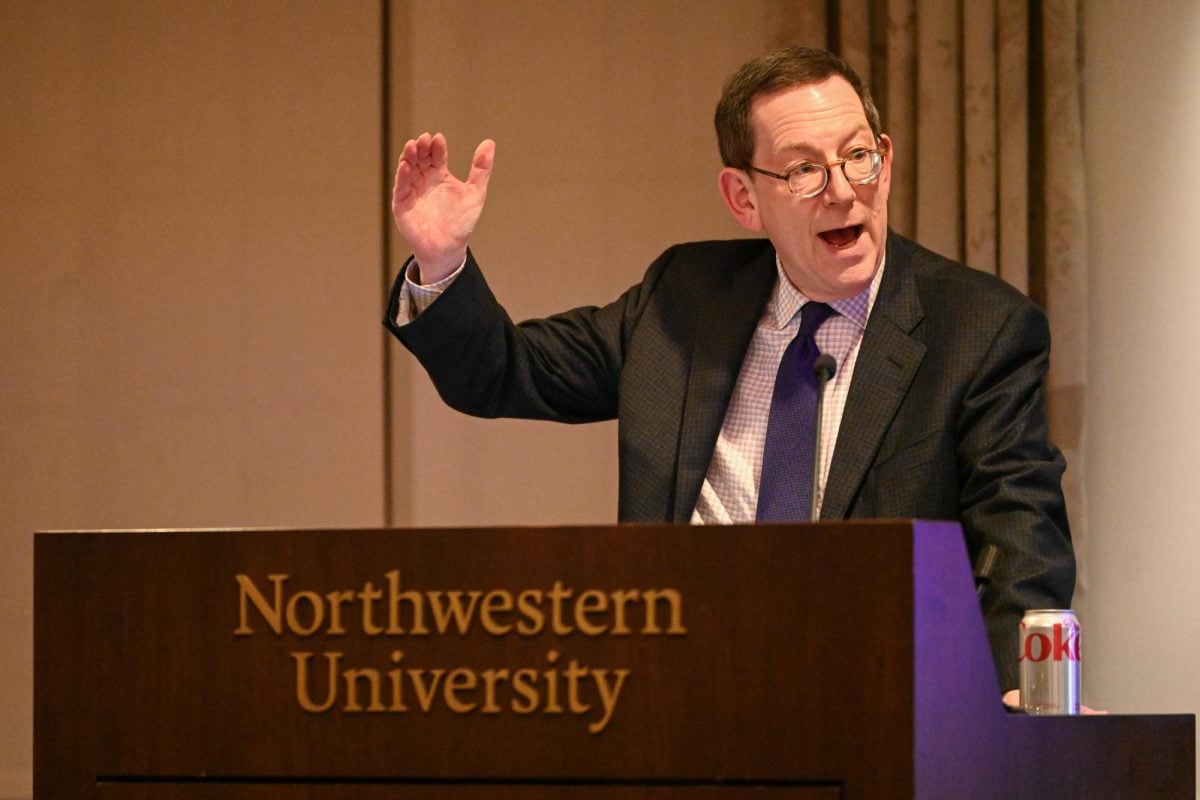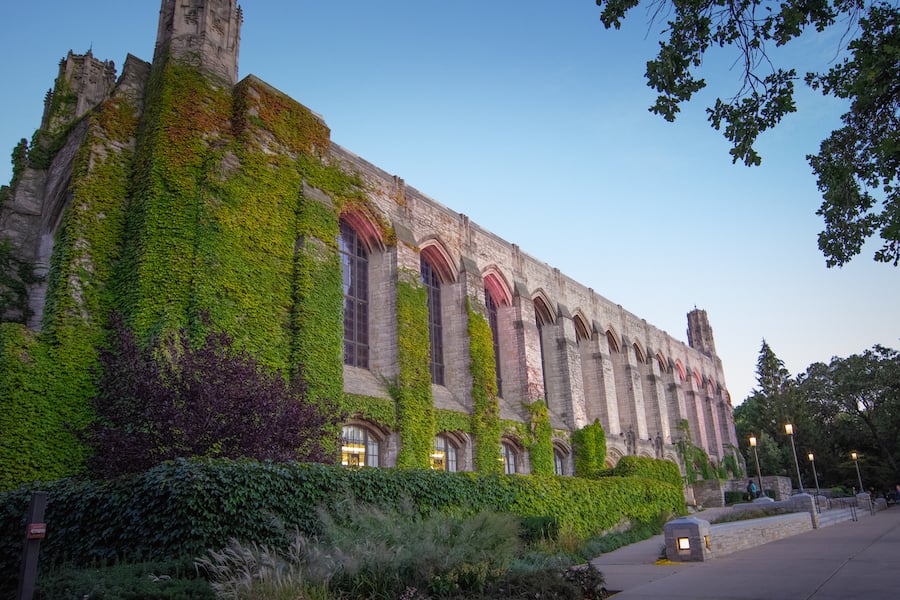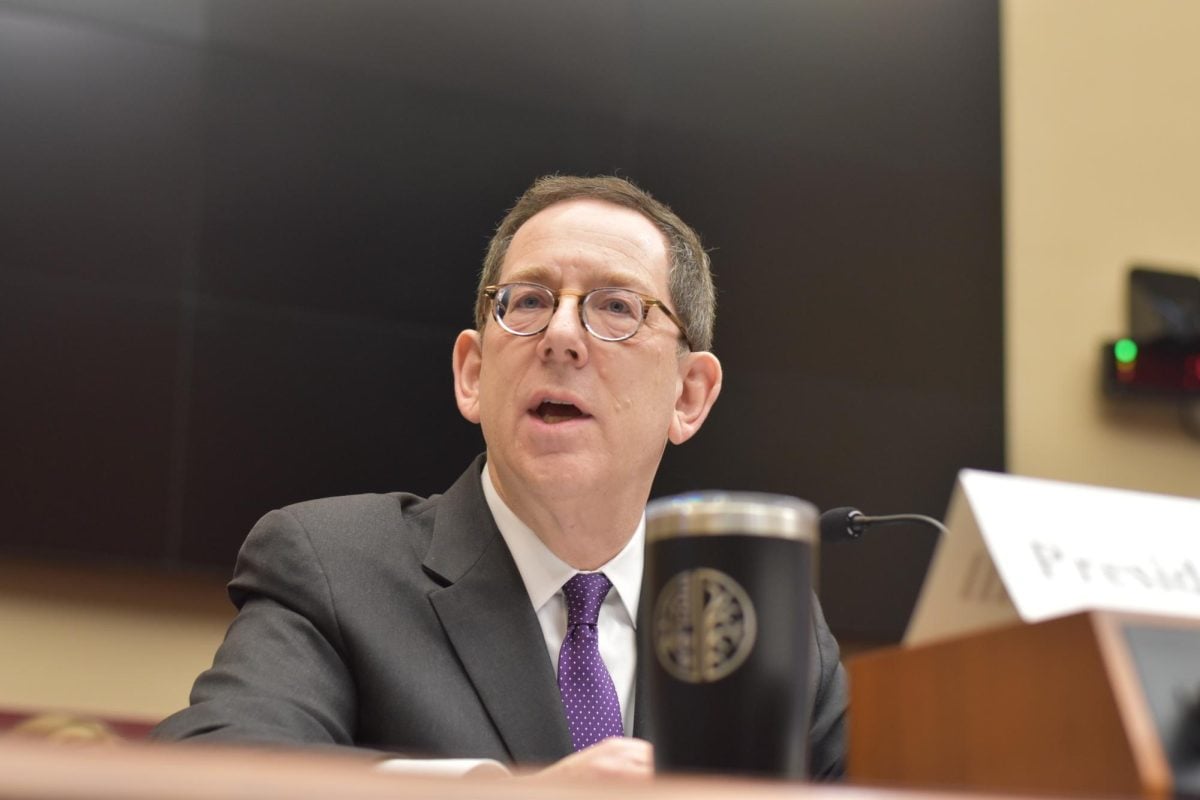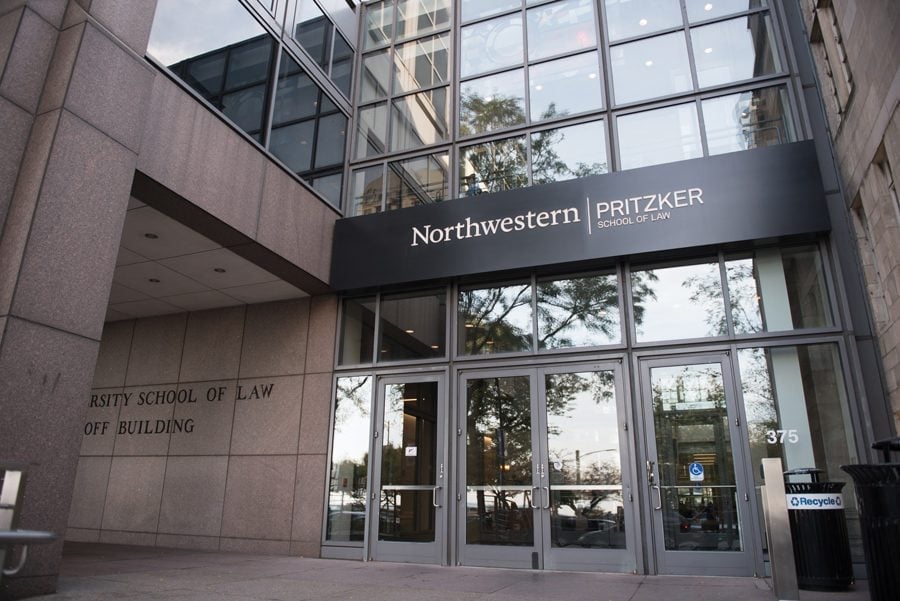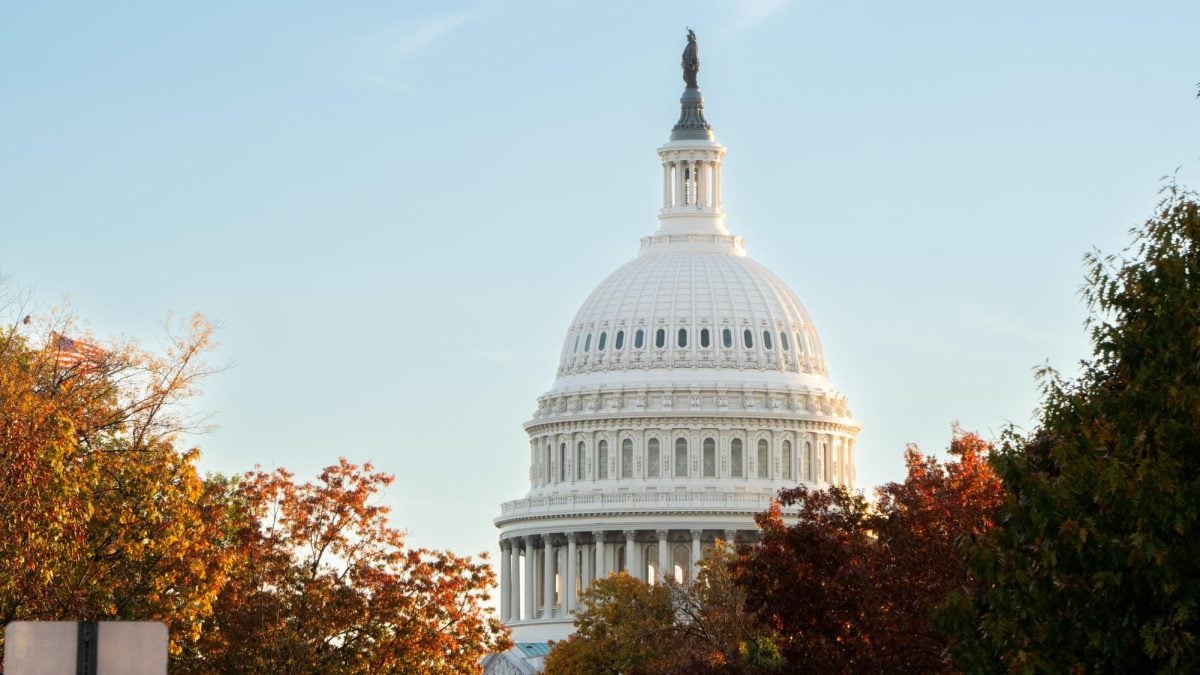Students returning to Northwestern this fall will find some areas of campus significantly altered after a number of summer construction projects, and should expect more changes as crews break ground on large-scale projects throughout the year.
NU and the city of Evanston installed six new sets of traffic lights along Sheridan Road. The lights, which include one new intersection at Northwestern Place, formerly Garrett parking lot, use infrared technology to sense when pedestrians need to cross and are timed to improve traffic flow, said Andrew McGonigle, traffic lights project manager for Facilities Management.
Countdown signals estimate the time it will take pedestrians to cross. If someone holds the button for 10 seconds, speakers will read the intersection’s name aloud, a feature designed for blind individuals. The crosswalks at Chicago Avenue and Sheridan were also widened and reconfigured to better accommodate the intersection’s unusual design.
“These are all positive features that are going to aid both the safety of drivers and pedestrians,” McGonigle said.
Other efforts to make campus more pedestrian-friendly include the incorporation of more green spaces. The Mid-Campus Green project, announced last year, is about halfway done and should be completed by spring, said Bonnie Humphrey, director of design and construction for Facilities Management. For example, the cul-de-sac near Scott Hall is being converted into a grassy area.
Humphrey said students may be more aware of campus construction going into this school year due to the large scale of some projects, such as the new building for the Bienen School of Music and the School of Communication. Construction on that project began in June and is part of the southeast campus development project, which also includes plans for a new boathouse and a visitors center with an accompanying parking garage.
All three projects are still in the early stages of construction. Portions of the foundation for the music building have been laid, and the path adjacent to the Regenstein parking lot will remain closed until the project’s completion in Spring 2015, Humphrey said. Designs are complete for the new visitors and sailing centers, which are up for bid until Oct. 2 to determine who will do the construction work.
The University also made announcements this summer for several new construction initiatives, including an athletic and recreation complex on North Campus. Designs are also in development for a new Kellogg School of Management building next to the Allen Center.
The estimated cost of the southeast campus development projects alone totals $151 million, with $117 million designated for the music and communication building, said Jim Hurley, associate vice president of budget for NU. Preliminary estimates allot about $220 million for the North Campus recreation complex, and the Kellogg building is expected to have a price tag of $280, Hurley said.
Although the music building and visitors center represent bigger projects, Humphrey said dorm renovations proved to be the most challenging this summer. Work on Chapin Humanities Residential College focused on increasing disability access with the installation of a wheelchair-accessible ramp and dorm rooms on the first floor.
Construction on academic buildings included the addition of two wings to the Technological Institute and renovations to Locy Hall, resulting in the relocation of the department of Earth and Planetary Sciences to Tech. Facilities Management also plans on opening the front doors to Deering Library sometime this fall.
The University will ramp up fundraising in the coming years to pay for the construction projects, Hurley said. NU will also have to rely more on federal grants, University funds and donor contributions, he said. NU issued $200 million in federal bonds in late March to finance construction initiatives.
Hurley said the economic meltdown in 2008 affected the timeline of construction projects, which are now revving up as the University emerges from a strong fundraising year. Prior to the downturn, NU was engaged in numerous big-budget projects.
“That was a lot of building in a compressed period of time,” Hurley said. “We paused for a while. As we recovered, we’re about to enter another time of big building on both campuses.”
